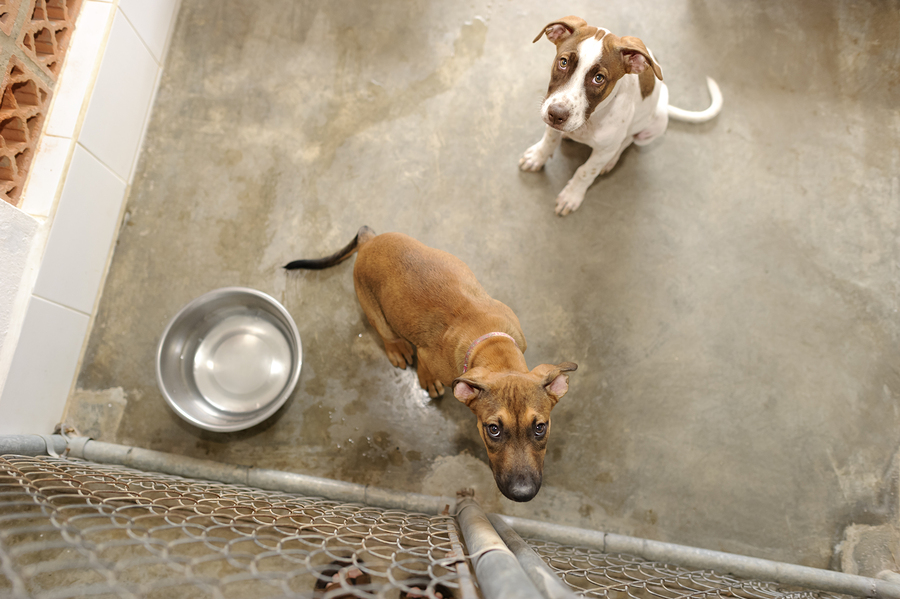One of the guiding principles that helped me address the problems at the Albuquerque Animal Welfare Department was to be hands-on, and to get all possible information regarding the challenges confronting us.
What was amazing is that apparently I was the first director in recent memory, or perhaps ever, to walk through the kennels and cattery. I thought it was fundamental to my understanding of the shelter and the animals and the people who worked there. I got to know employees by name (something else my predecessors didn’t do), and knew who cared and who didn’t, and who worked hard, and who didn’t.
It’s much easier to preside over the killing of animals if you haven’t looked in their eyes and gotten to know them. Out of sight, out of mind has served high kill shelters well and has allowed many to ignore the problem.
I started reviewing the euthanasia lists early on, both the list for medical and for behavioral, which made waves. My predecessors had not done so, even though that is a core function of a shelter director.
My first line of attack, was to eliminate the killing of animals for treatable diseases such as Upper Respiratory Infection (URI) in cats and Kennel Cough in dogs, which are equivalent to the common cold in humans. In 2009, the year I arrived at the shelter, they killed 2134 cats for URI and 286 dogs for kennel cough. By 2013, no dogs were killed solely for kennel cough, and by 2014 no cats were killed solely for URI.
Surprisingly to me, the veterinarians posed the biggest opposition to my efforts to stop the killing of animals for treatable diseases. All but one of the 5 veterinarians was wedded to the idea that we could not begin to treat more animals for these diseases and we could not keep from killing them by getting them out to foster because they would come back eventually and we would have too many to adopt out, none of which turned out to be true. A couple of the veterinarians would actually get angry when I would take an animal off the euthanasia list and get that animal in a foster to home to recover.
One sneeze was enough to doom a cat. Many times when I would get an animal out to foster it would turn out to not be sick after all, so killing of this nature was partly just a way to keep the shelter population down.
Change is hard to effect in most organizations that are stuck on the status quo, but it is possible and well worth the effort and weathering the considerable blow-back that ensues.
One of the most memorable examples early on was a cat named Kiddo who was in the cattery at our Westside shelter. I happened to walk in the cattery while a mother and young son were looking at the young cat with an eye to adopting. The volunteer who was there helping the mother and son whispered to me desperately that that particular cat was on the euthanasia list to be killed later that day for URI. I intervened and took the cat off the euthanasia list and looked for a foster so the kitty could get well before being adopted. I was able to get the kitty to a wonderful rescue group, New Mexico Animal Friends, and met their cat coordinator, Jeri Ramrath in the parking lot at Petsmart to hand off the cat. That was one of the first of many hands-on “saves” at the beginning. Each and every one was so gratifying and so heart warming, and I’m so grateful to all the fosters and rescue groups who came to my aid at the beginning when it was so tough to change the status quo.

